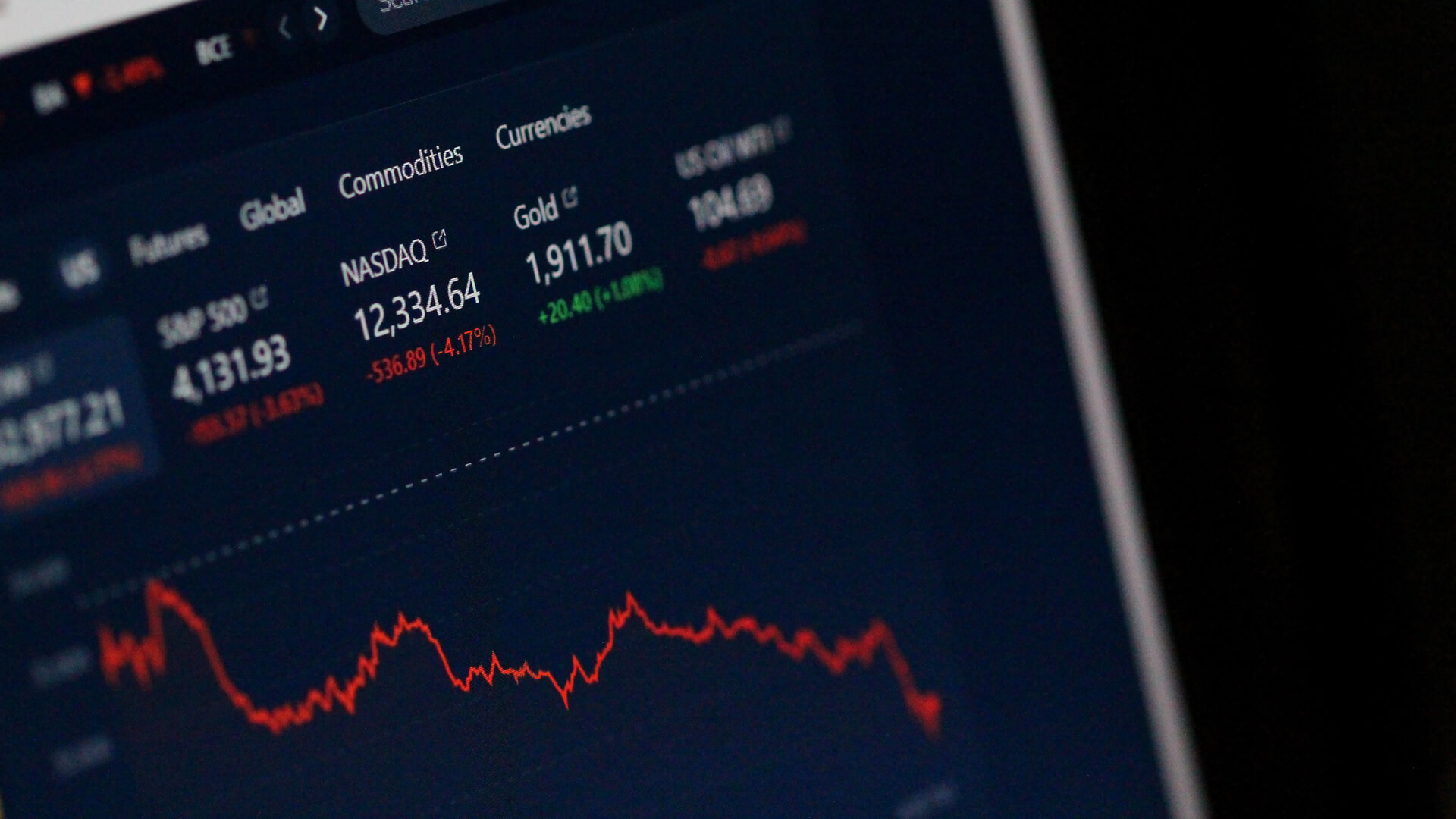Inflation in the United States has reached a four-decade high, according to data released by the U.S. Labor Department July 13th. Gasoline costs are leading the pack of consumer goods facing rising prices, but it’s a good mix of everything. Which makes sense, given how many supply chain dislocations across the globe.
Fuels, fertilizers, foods, industrial inputs–most of these were still in a state of flux even before one factors in China’s Zero Covid lockdowns. And the Russian invasion of Ukraine. And mass Boomer retirement. In fact, as we’ve been telling clients for months now, inflation has few places to go but up. Furthermore, the traditional tools at central banks’ disposal to tackle inflation are unlikely to have the same impact that they might once have had.
So what does that mean for the future? Well, for one: inflation is anything but transitory. And any relief is not going to come in weeks or months for much of the world, but in years. At least the parts of the world that will see any relief. And then there’s the United States. We’re in a tough spot to be sure, but thankfully the fundamentals of the American economic system remain sound. Which is not to diminish the increased costs at the pump or the grocery store, but as Americans have shown for the last several months these are costs that the consumer can keep up with–demand remains strong, especially for non-essentials: flights, restaurants, and screenings of the new Minions movie are all apparently quite full.







